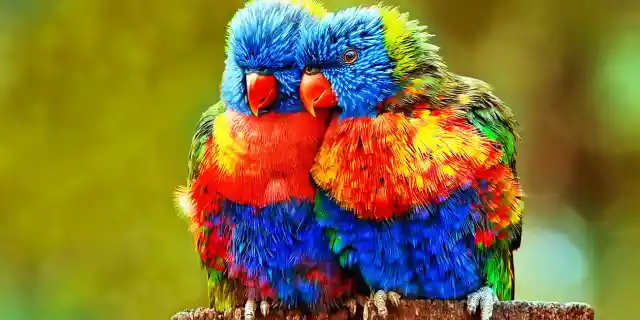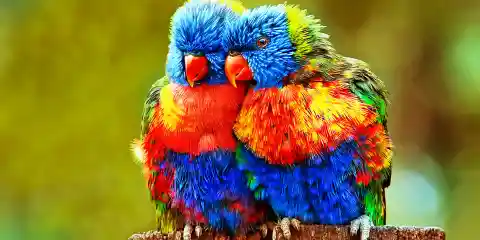

The parrot is a beautiful creature, flying high in tropical rain forests. For years, they have been the subject of many artists who attempt to capture their beauty in a permanent format. It is their beauty and sweet nature that has inspired us as PPcorn to look more into these birds. Here are some interesting facts about parrots.
Number Fifteen: There Are A Lot of Them. There are many different kinds of parrots to roam the earth. Currently, there are over 360 species. While may seem to be encouraging, the sad part is that many of these species are actually endangered.
Number Fourteen: They Have Different Types of Feathers. When people see parrots, they are only seeing part of the story. What we see are contour feathers, which make the bird smooth (aiding flight), as well as flight and tail feathers, which help them actually fly. Underneath, however, which other birds have, are down feathers, which the bird uses to regular body temperature.
Number Thirteen: They’re Smart. Scientists have come to understand that the parrot is as smart as dolphins, dogs, and even pigs. They have been known to be able to read and count. That’s amazing!
Number Twelve: Their Feet Are Multi-functional. Unlike other types of birds, the parrot has the ability to pick of food with their feet. Other birds, in contrast, have to resort to always using their beaks.
Number Eleven: They Have Hollow Beaks. Despite its solid appearance, parrot beaks are actually hollow. What makes the beaks strong are its fine bony struts. Furthermore, the peaks contain the same material found in human fingernails: keratin.
Number Ten: They’re Social. If you have heard a parrot speak, then it is probably easy to see how they are social birds. These animals have many ways they can communicate, including squawking, moving their tail feathers, and mimicking others.
Number Nine: They’re in the Middle of the Diet Spectrum. Similar to bears – strangely enough – parrots are omnivores. While they do mostly eat vegetation, they also consume, from time to time, small insects. The rest of the time, they eat nuts, flowers, seeds, buds, and fruit. Like this article? Stay tuned for part two, coming soon!